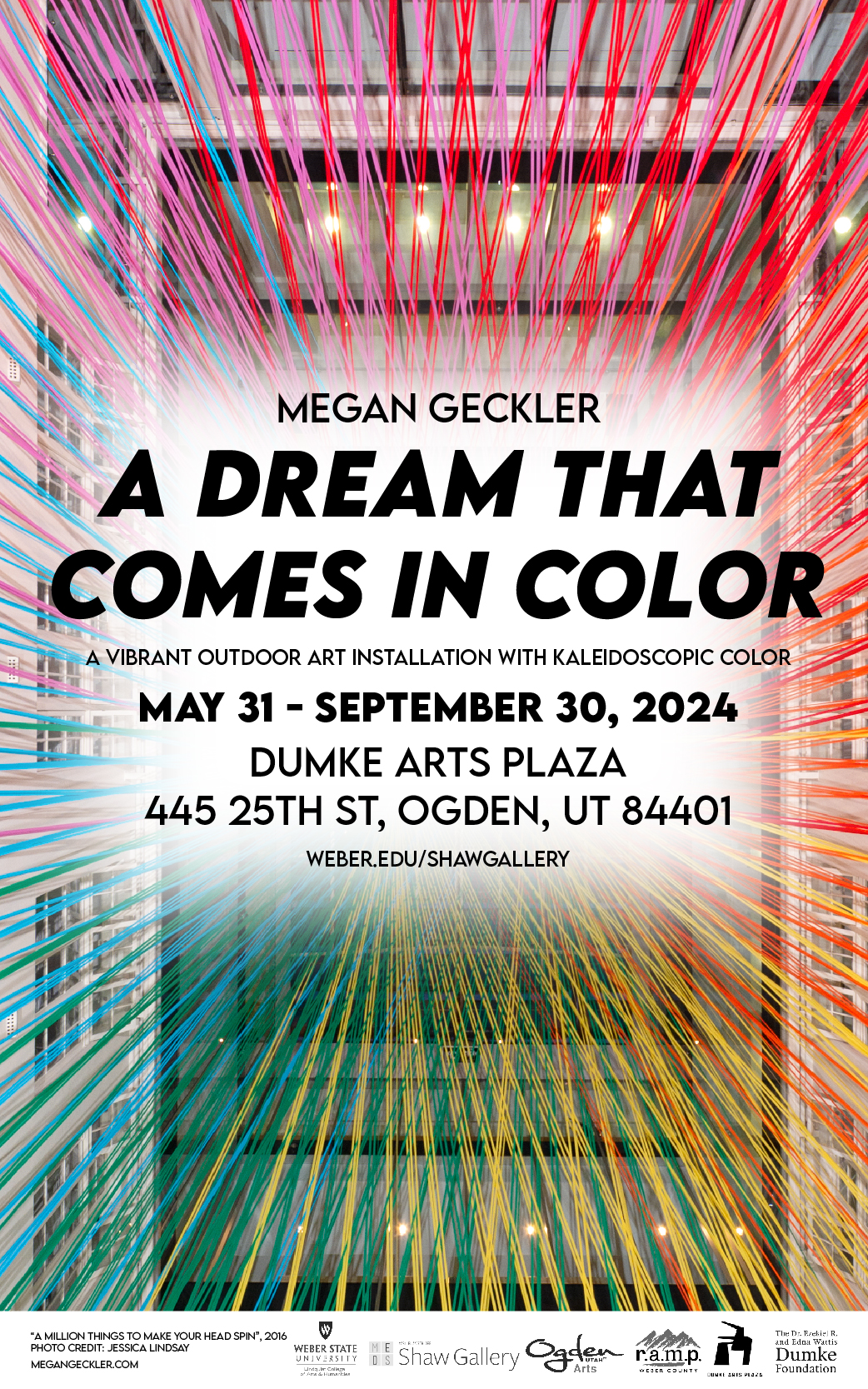
Photo: Michael Troutman/www.dmtimaging.com
READ LOCAL First represents Utah’s most comprehensive collection of celebrated and promising writers of fiction, poetry, literary nonfiction, and memoir. This month we bring you Erica Soon Olsen. Olsen was born in Hollywood, California. A graduate of the University of Montana MFA program, she is the author of Recapture & Other Stories, a collection of short fiction about the once and future West (Torrey House Press), and a chapbook, Girlmine, stories about the uneasy ways we live in the natural world (forthcoming from Bull City Press). She teaches copyediting online for UC Berkeley Extension and lives in a log cabin near the Ashley National Forest in northern Utah.
Please join us at Finch Lane Gallery on September 12 to hear Olsen read as part of our READ Local First series.
Indian Wars Refought
Roseville, 1913
I.
The cast and crew of Indian Wars Refoughthad relocated to the Santa Monica Mountains of Southern California. They were filming in a wilderness of bluffs and canyons and erosions of pale sandrock.
In a heavy wet midsummer fog, the headlights of several automobiles brightened the dawn. Indians lined the south-facing slope above a riverbed of white sand. Silver reflector boards threw light onto their lean faces.
Francis X. Rose was directing the action from the back of his Losier touring car. At thirty-one, he was a veteran of the moving picture business.
When he got his start, people would pay a nickel to see a couple kiss on screen. Now he was leasing eighteen thousand acres, the remains of an old Spanish land grant.
The hills would relax in grassy golden curves when the sun burned through the fog, but the landscape conveyed frontier desolation in black and white.
Rose looked across the river and was satisfied. The Sioux encampment was a mass of tepees. The Indian village: he admired the white triangles, the lodgepoles arrowing the sky. The Indians were from South Dakota. They were all genuine.
Rose insisted on hiring Indians, not blue-eyed actors whose skin was bronzed by Man-Tan, or, worse, Filipinos and Japanese with turkey feathers in their hair. Rose wanted moccasins and buckskin, war paint and feathers, tomahawks and coup sticks, beads and drums and smoke. He wanted authenticity. That was what people expected from a Rose picture. In New Jersey, his West had been the Hudson River Palisades. Even then, no Rose bad man had ever chased a stagecoach through a painted canyon.
The ranch had one access point, a steep, washed-out dirt track, and the boundaries were fenced. It was ideal for evading the patents company detectives who had followed them from Rose’s first studio, on the Hudson, to the Wildcat Motion Picture Company headquarters, in a shed on Gower Street in Hollywood. He signed the lease in secret. They moved at night.
This subterfuge was necessary because both Edison’s motion picture camera and Eastman’s perforated film were patented. Anyone making pictures was required by law to pay royalties to use the technology. Rose was not the only director who found this requirement onerous. The Southern California canyons were full of renegades who were ready to throw a blanket over the camera if detectives showed up.
If a detective did find his way past the orange groves, up the gullied hills, and through the dense chaparral, the Roseville cowboys who patrolled the fencelines had orders to shoot.
All in all, it was fine country for an Indian to appear on a ridge: a distant silhouette, in feathers.
But Twitchell, the cameraman, groaned when he saw the figure. “It’s Archie Byrd.”
II.
Archie was the Last of the Mohicans in buckskin and braids. He was Chief Whiteagle in a warbonnet. He was the star of Red Virtue, A Woodland Love, and The Warrior’s Heart. He knelt on cliff edges. He swam in pools. Waterfalls plunged behind his physique. Shod in moccasins, he leaped from rock to rock (a lantern for moonlight, the water silver foil). He died poetically, in breechcloth and body paint. He was six feet tall, with close-cropped sandy hair that he hid under a wig. He was white.
Letters arrived at Roseville addressed to the noble Indian, the lone Indian, and once in a while (frankly) the naked Indian. Photographs from female admirers fell out of the envelopes.
Nevertheless, both Rose and Twitchell had seen enough of his chest and thighs.
The director gave him the harsh news. “You’re supposed to play the general.”
“There is no need to raise your voice,” Archie said, humiliated.
“Put your clothes back on,” said Rose, more kindly.
Authentic or not, Twitchell thought, what’s the difference? The audience doesn’t know or care who is the Indian and who is the Indian fighter. What matters is the fight. The gun smoke. The falling bodies.
III.
Charlie left Los Angeles with the other cowboys, on horseback, before dawn. There was a rumor they were going to Mexico. They weren’t going nearly so far.
He slept in the bunkhouse, he owned nothing. Rose paid him to ride and paid him more to fall off.
Once a week he took his turn riding the fencelines.
On his first patrol, he discovered the ruins of the old hacienda. Prickly pear grew rampant, its huge paddles heavy with fruit. Turkey tracks lettered the dirt. Tall grass concealed remnants of the time when California was Mexican: a well, a millrace, a stone-lined pool for bathing and washing.
It was possible to imagine the half-Indian women here—but the cowboy did not think of imagining it.
On his second visit, curious, he entered the chapel.
Birds disturbed the darkness overhead. A downdrift of feathers and eggshell. On the floor, an accumulation of guano, and adobe tiles returning to earth. On the decaying ceiling, a painted heaven held on in blue patches. Above the altar, the twisted bit of driftwood was a Mexican Christ.
In the graveyard, the sun had erased the wooden markers, but small stones still outlined the shapes of men.
He left his horse hobbled there and walked the trail up canyon.
There was a cave in the hills that drew him, where the yellow sandstone turned red like brick. A cave with paint daubed on the walls, faded Indian picture writing. He ducked into the cave and wondered at the glyphs of a headless man, a bear rearing up with limbs flung wide, a centipede with many wiggling legs the color of dried blood.
The cave wall was pocked by bullets and scarred with the initials of men.
He got out his knife and added his own mark to the wall:
VIGRE 1913
And then it looked as if he’d chiseled his own gravestone, and he tried but failed to scratch the letters out.
That night, restless dreams brought the cave to his bunk. The bear was close, very close. The bear was big, very big. He sensed it moving back and forth in the darkness. It wasn’t hunting him. But he was there, there where he should not have been, there where it would find him.

Join us on the first Sunday of every month for works-in-progress or recently published work by some of Utah’s most celebrated and promising writers of fiction, poetry, literary nonfiction and memoir. Click “Subscribe” at the top of our page to join our email list.
Categories: Literary Arts | READ LOCAL First









